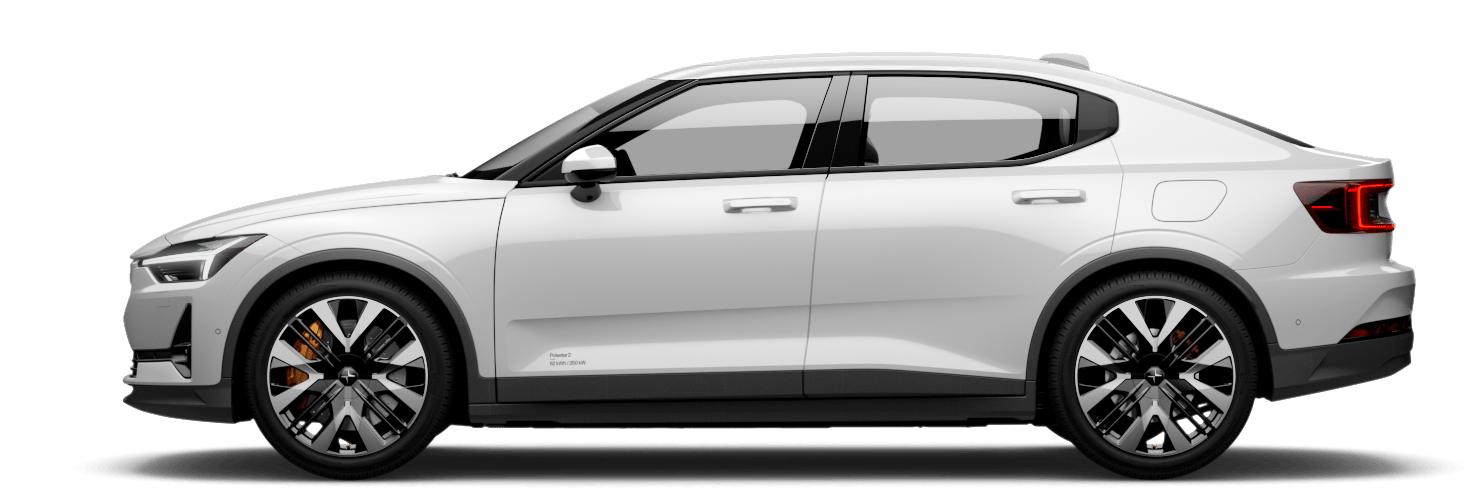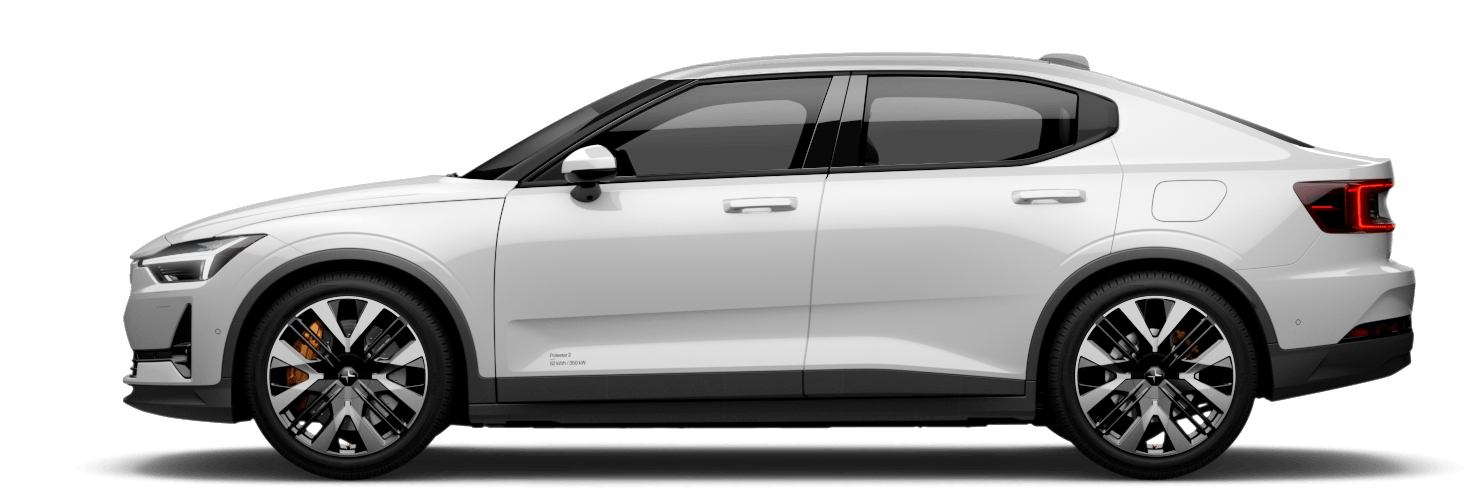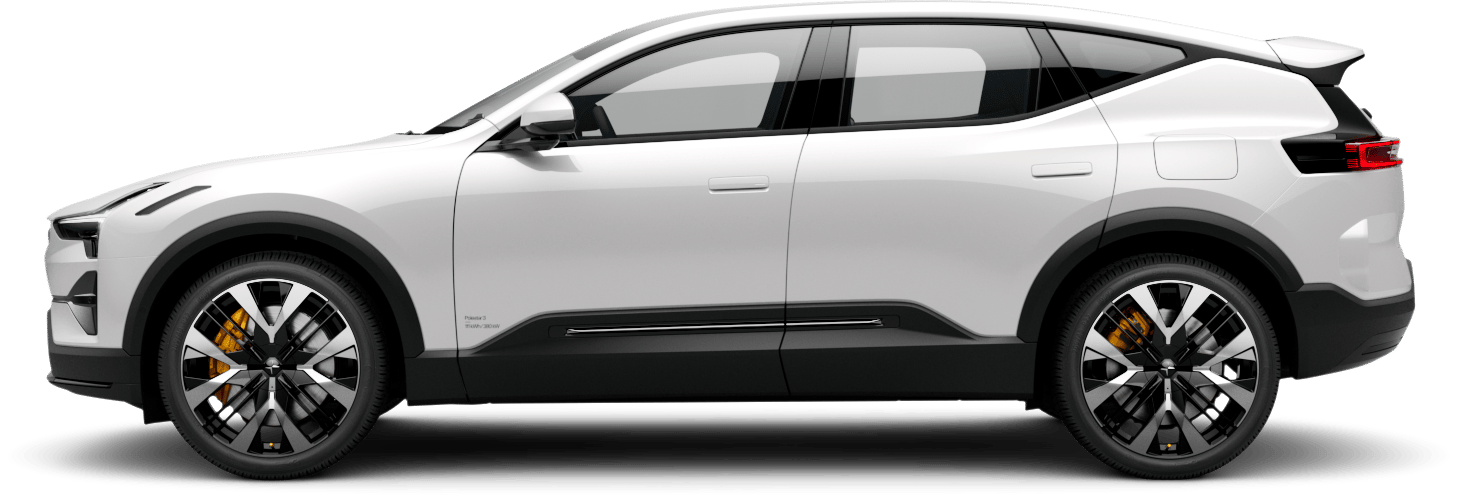From Concept to Car: That Polestar Feeling
When you see a car in the wild, it’s easy to think of it as a stylised box that simply… works. For many people, the car they drive is a reflection of themselves based on things like the brand, the look, or the style. But a car is much more than just the bits you can see. We talk with Chris Baguley, Vehicle Dynamics Lead on Polestar 5, who spends much of his time trying to perfect the simple things, like rubber.
Not all tyres are made equal
“Not all tyres are made equal,” says Baguely, “and are the most important component on the car. In many ways, they are the most influential for vehicle dynamics, and the behaviour of the car.” Those black circular tubes may seem like just another one of the thousand different things to worry about on a car, but when you look at what they actually do you realise just how important they are. At their very base, they’re the one thing that connects the car to the road. The compounds they’re made up of decide how well they work over a range of temperatures, how long they last, and how much traction they can give. Without the right tyres, you’re going nowhere.
Rubber is very important for the Vehicle Dynamics team (who are responsible for the damping and tyre choice on the Polestar 5). They spend a lot of time working on the sort of things that ensure a smooth ride. If you can feel your car having a tough time over rough roads, or that its tyres aren’t gripping, something may well be up. That’s not quite what Polestar’s after.

Burning rubber
The tyres being tested aren’t off-the-peg jobs, but the result of years of development between Polestar and Michelin. Baguley and his team were at the heart of it all. “It started as a collaboration between the vehicle dynamics and chassis engineering teams, defining what our key metrics will be for the tyre performance.” The various teams decide what they want from the tyres in a virtual environment first before speaking to technical partner Michelin. From there, Michelin and Polestar work closely together to meet the expectations of the virtual world, making them a reality.
The result of this collaboration is a bespoke tyre for the car, with a ‘POL’ mark denoting that it’s been made specifically for Polestar. That mark means you can’t simply buy one off the shelf, as Baguley explains. “If we take, say, a Michelin Pilot Sport, one with the ‘POL’ mark, for example, it would be very different to a non-marked version of the same size you can buy from your local tyre shop. What makes that difference? The ‘POL’ tyre was designed with the supplier in terms of the construction, material selection, and manufacturing processes. It becomes a collaborative design approach with whoever is supplying and obviously marking those tyres with you.”
Why do these markings and processes matter, though? “A normal aftermarket tyre in more common sizes is going to be fitted to a lot of products, so it has to have a particularly neutral behaviour; the supplier will have balanced the attributes they're going to deliver for that tyre, across a range of products Whereas an OE marked tyre [such as ��‘POL’] is specifically developed for one car.” For your Polestar 5, then, there’s a tailored version of an off the rack product designed to let the car shine brighter.
Development takes time and Polestar 5 is based on a whole new, home-grown chassis, meaning everything’s fresh from the ground up. “If you're making a top hat product [a new version of an existing product], you already have the suspension and, key body structure elements. This gives you a significant head-start. You can take the old generation of car, tuning the tyres for your new generation.”
If you already have a base to use, the process will naturally be quicker. With an entirely new… everything, you’ll need more time.


We'll work with management to ensure that we're maintaining what is core Polestar DNA
In search of perfection
If your tyres are your only direct connection to the road, your suspension and dampers are what help them communicate what the tarmac is saying. Keeping occupants comfortable as they drive is key in any car, but especially in something like a Polestar 5. Baguley and his team have been working tirelessly to make sure it rides and handles smoothly. With an entirely new platform to work with, and a different kind of car to work on, the process wasn’t going to be straightforward or quick. It required looking in depth at parts, how they work, how they change the feel of the car, and how they could be best deployed.
Thankfully, finding the right parts to start with wasn’t going to be a problem. “We have a really good relationship with a number of the damper suppliers, and in this case, we worked with them and used our in-house equipment to do the tuning. The team here are skilled in taking the damper units, disassembling them, characterising components and, making engineering decisions on required changes.”
And what exactly do those changes mean? “They can add up to whatever outcome you're looking for to improve the comfort of the car. Steering response, plushness of the ride, input refinement, secondary ride. It becomes an iterative, subjective process from day one.”
The process starts out to find a general set of characteristics in a real vehicle, and is refined from there. Once a behaviour is identified, it can be worked on, explored, and fettled until the team has found the ideal solution.
Being the Vehicle Dynamics Lead on the car you might think that Baguley is the person with the final sign-off on how the various aspects should feel. That isn’t quite the case. “We’re not left alone for the entire product development lifecycle,” he says, “All through the development process we release a specification for validation testing. We release specs for different build phases to ensure the status of the car is aligning with us on vehicle dynamics.” Information is shared, work is checked, and people are kept in the know. Helpfully, others will also check in to make sure the car’s shaping up as it should: “We'll work with management to ensure that we're maintaining what is core Polestar DNA.” If all’s going to plan, the nod will be given and away they go. Or if those at the top aren’t too keen on the progress being made they’ll go back to the drawing board and try again until it’s right.
The concept phase for Polestar 5 began in 2018, with the full development program kicking off in 2020. It’ll be the first car to use Polestar’s dedicated platform, and as such, the team can’t lean on what’s come before to get a head start on development. The lessons learned here have been valuable, and will help the team for years to come. And when the car’s finally in the hands of the public, hopefully, alongside the look and styling, they’ll appreciate the years of work that’s gone into making the car feel the way it does.








